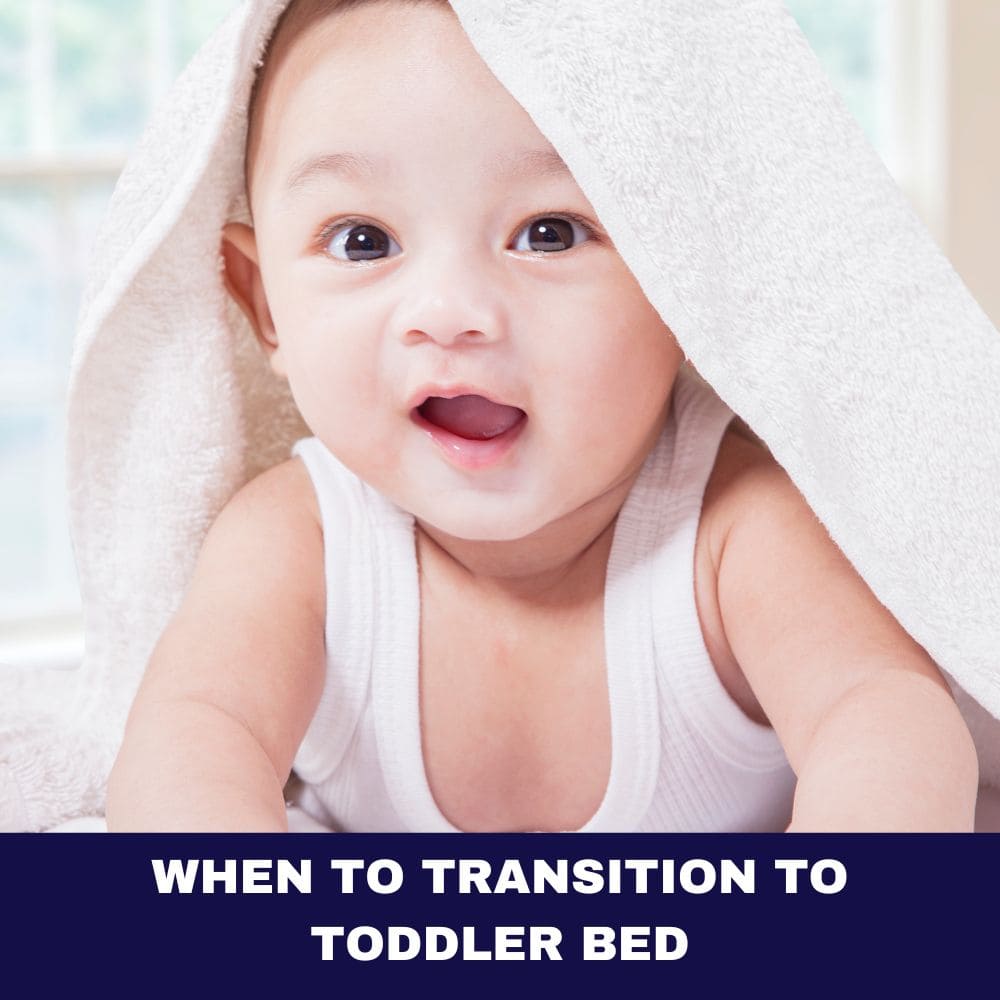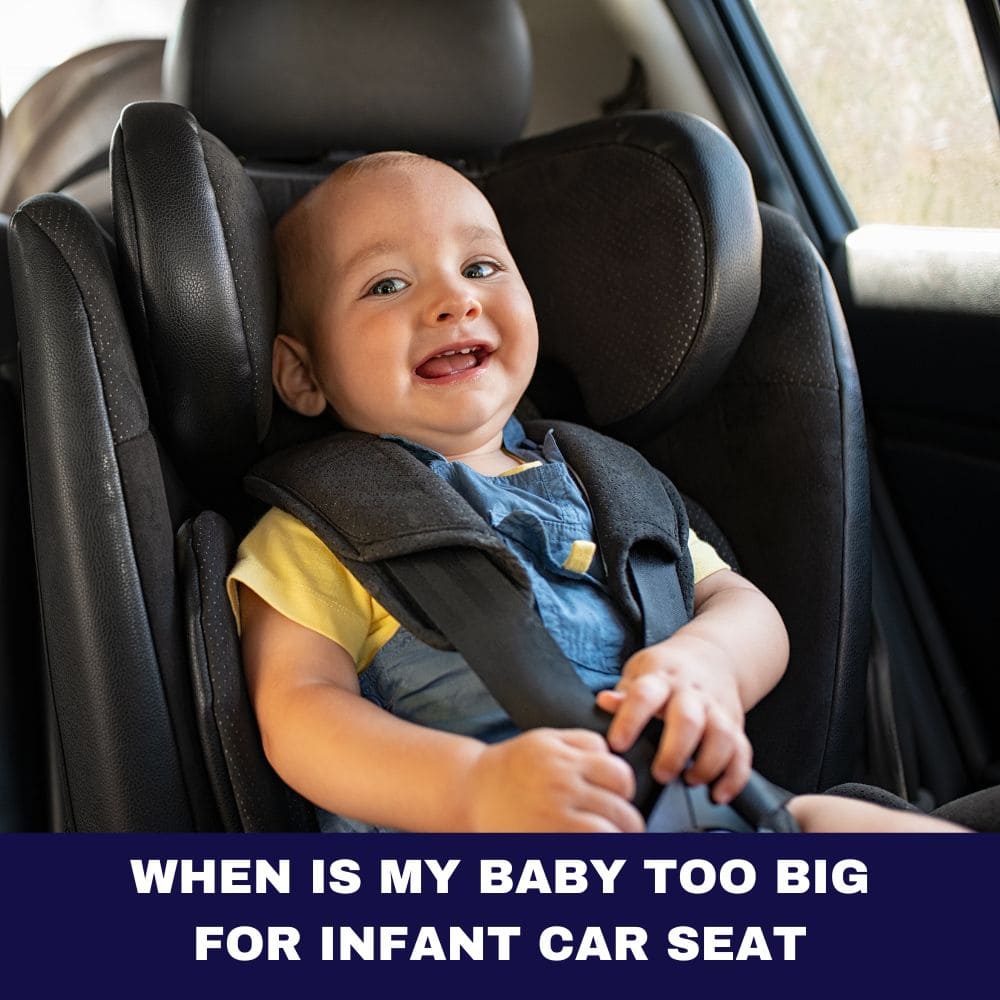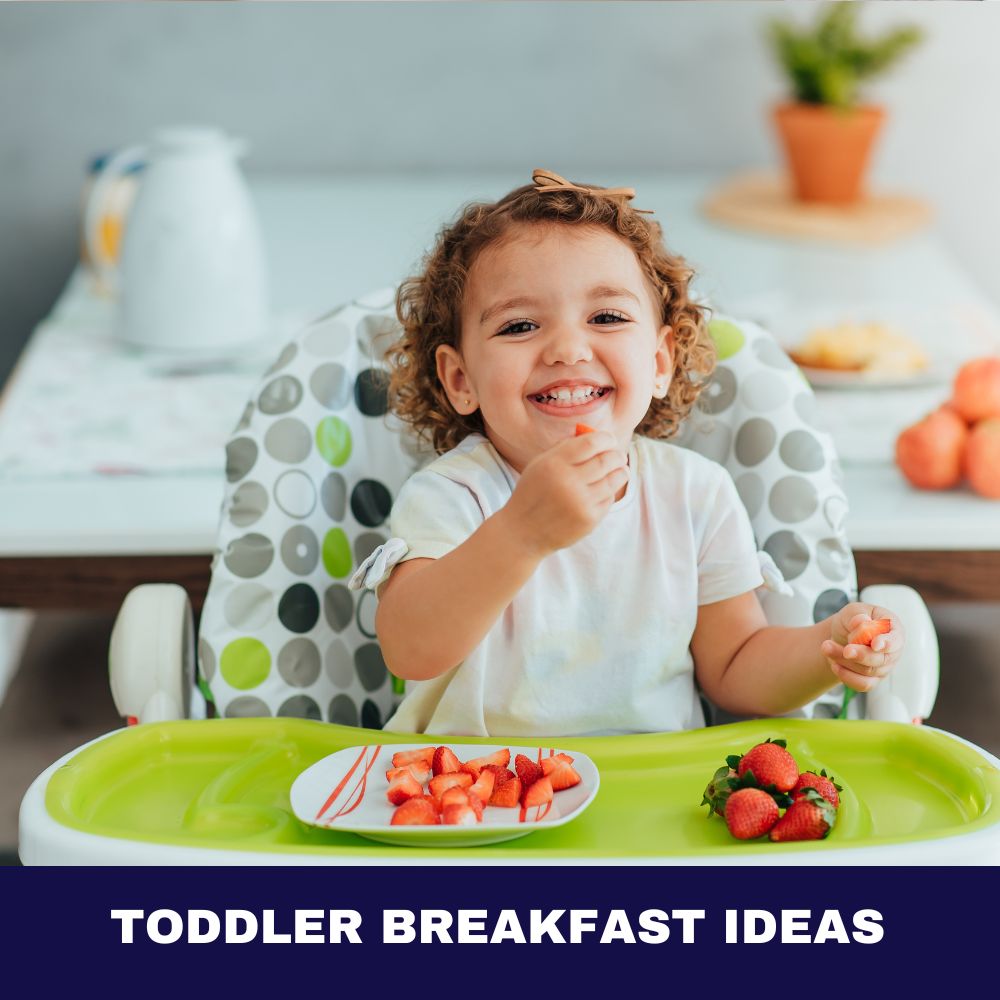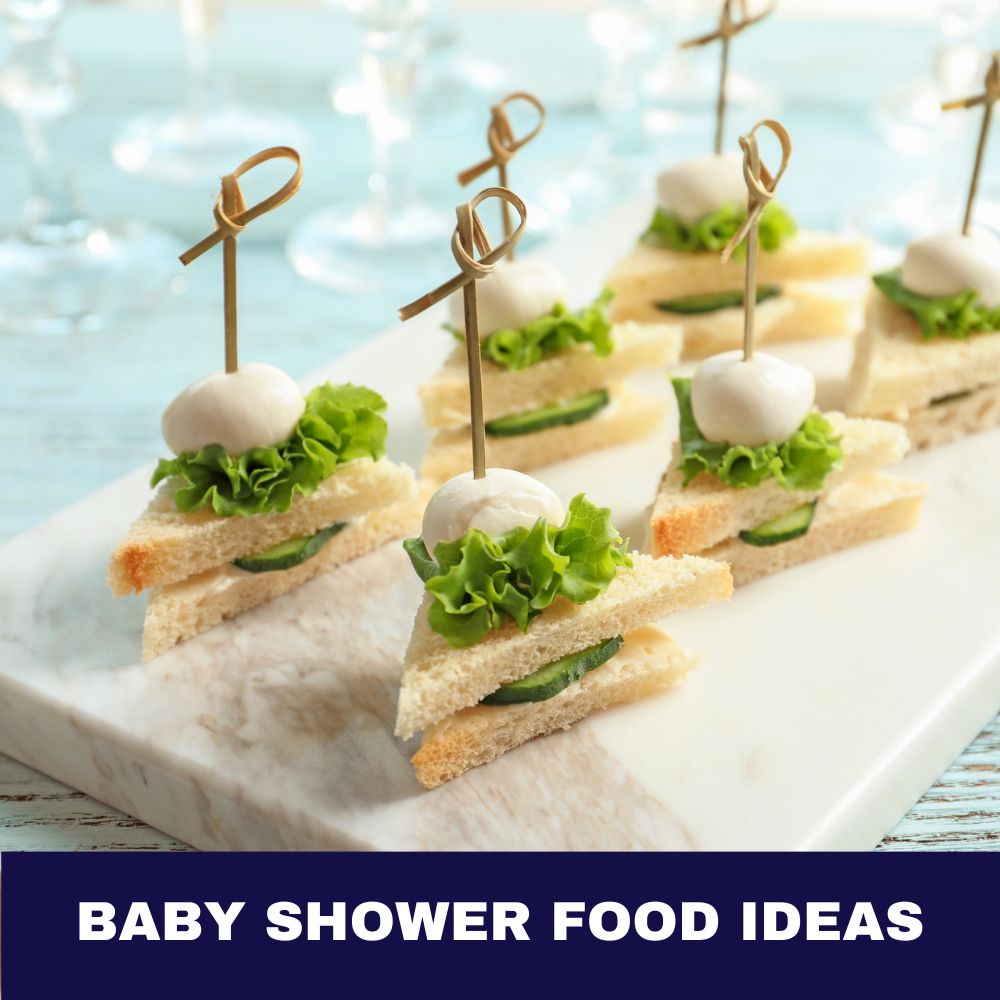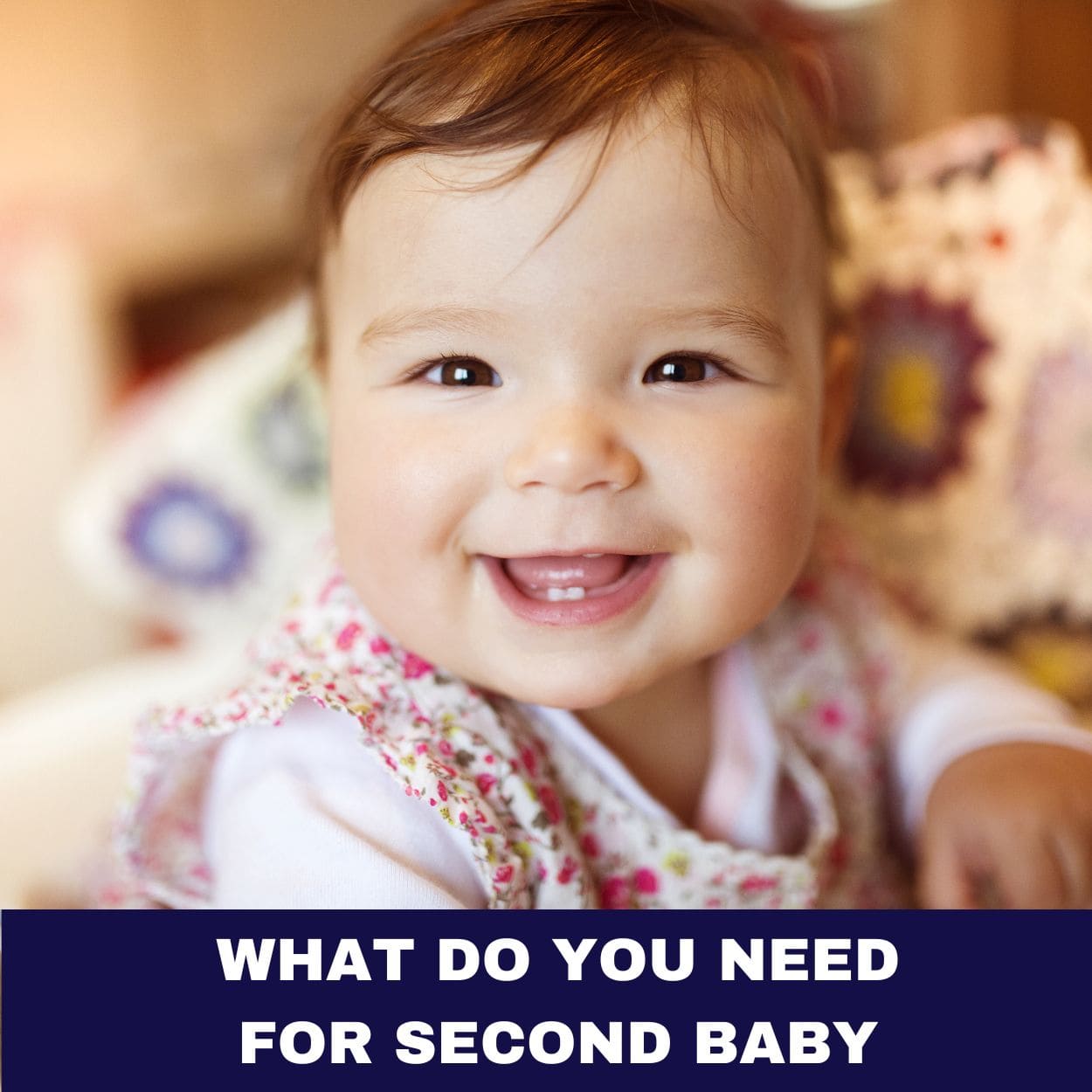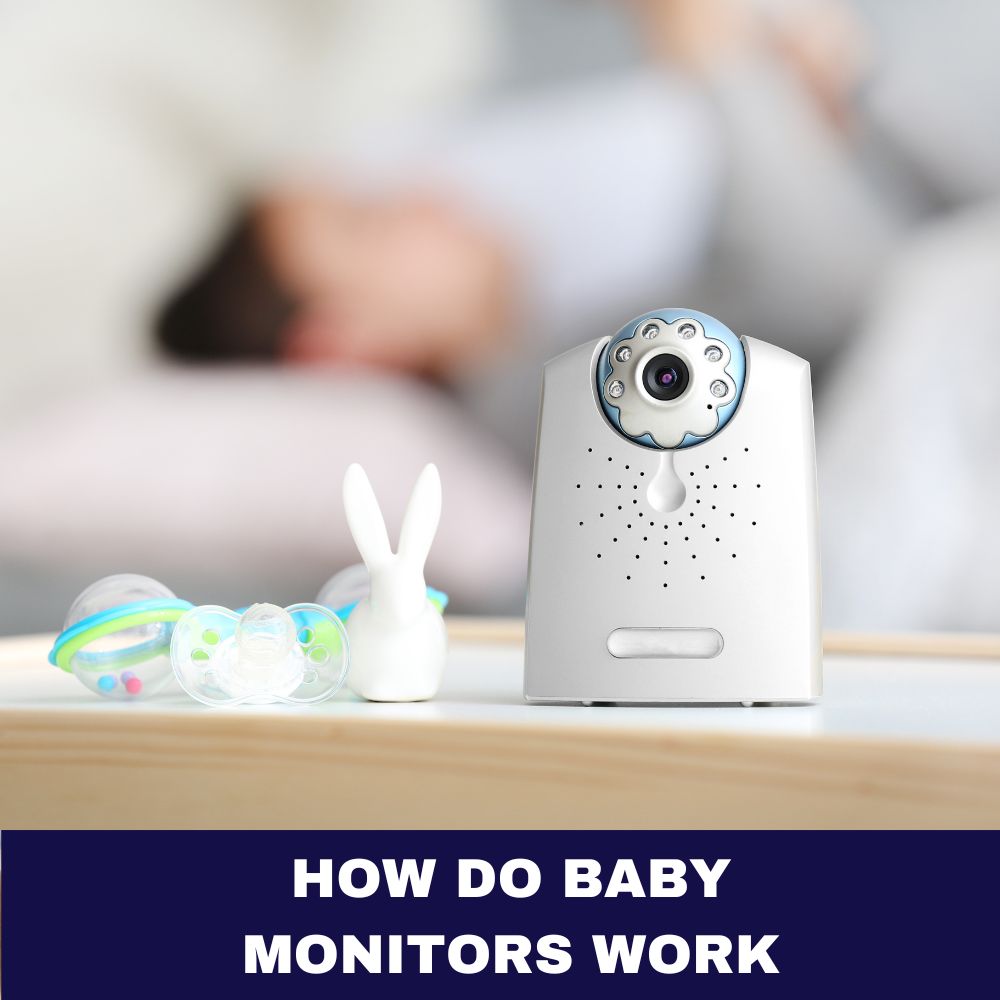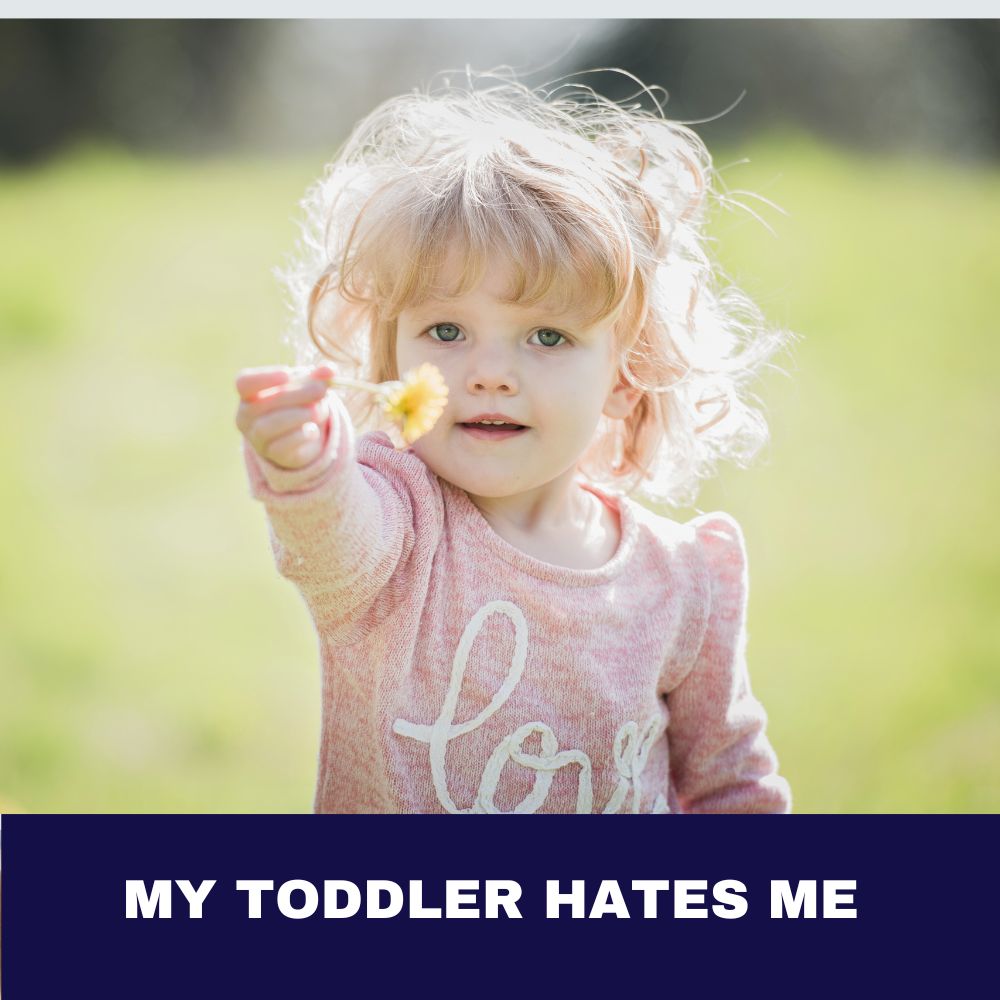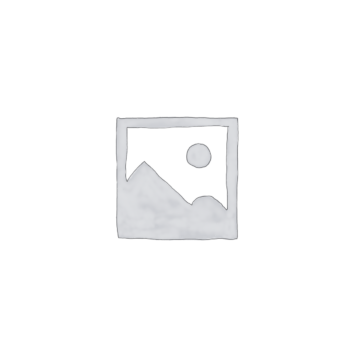Welcoming a new baby into the world is an exciting and overwhelming experience, filled with joy and a multitude of questions. One of the most common concerns, and the question on every new parent’s mind, is “How Many Newborn Clothes Do I Need?”
After all, babies grow at an astonishing rate, and their wardrobe needs can change rapidly. In this comprehensive guide, we’ll dive deep into the world of newborn clothing, exploring the essentials, seasonal considerations, cost-effective strategies, and more, to help you navigate this journey with confidence and answer that burning question of how many newborn clothes you truly need.
Understanding the Clothing Needs of a Newborn Baby
Imagine a newborn baby, delicate and precious, surrounded by an array of adorable outfits. While the sight may be endearing, it’s essential to understand that a newborn’s clothing needs go beyond aesthetics. Comfort, practicality, and ease of dressing and undressing are paramount during those early months.
Newborns have specific clothing requirements that cater to their delicate skin, frequent diaper changes, and ever-changing sizes. From soft, stretchy bodysuits to cozy sleepers, each piece serves a purpose in ensuring your little one’s well-being and making your life as a parent a bit easier.
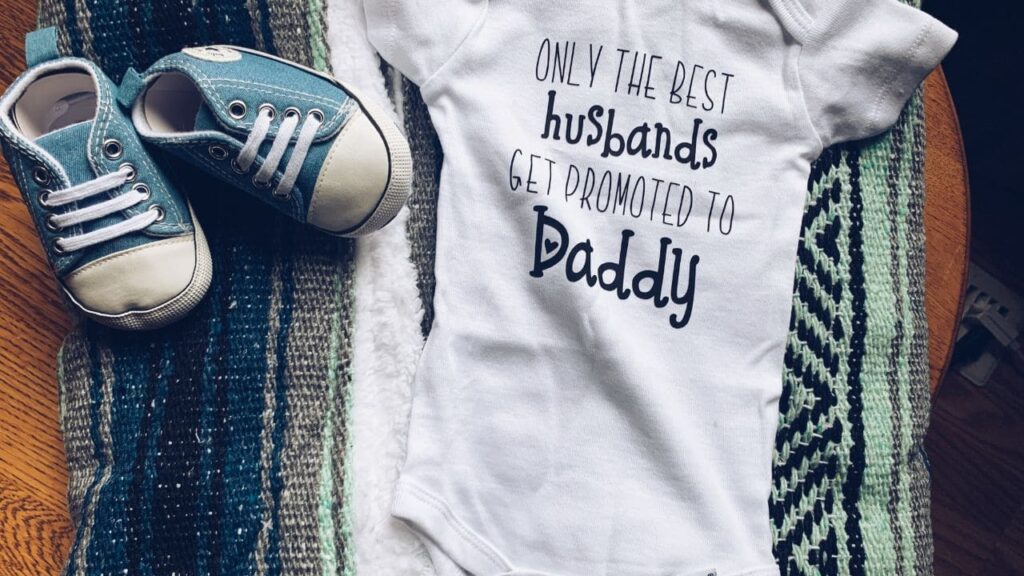
Preparing for the First Few Weeks
Brace yourself, new parents – newborns can go through multiple outfit changes per day! Those tiny humans have an impressive talent for creating messes, whether it’s a spit-up session, a diaper leak, or an unexpected accident. To ensure you’re prepared for these inevitable moments, it’s crucial to have a substantial supply of clothing on hand.
For the first few weeks, aim to have at least 7-10 onesies or bodysuits, 5-7 sleepers or footed pajamas, and a handful of tops and bottoms. Don’t forget about accessories like socks, mittens, and hats, which can help keep your baby cozy and protected. Remember, it’s better to have a few extra outfits than to find yourself in a laundry emergency!
How Many Outfits Should I Have for My Newborn?
As a general guideline, plan to have at least 10-14 complete outfits (including onesies, sleepers, and accessories) for the first few weeks. This number may seem excessive, but trust us – it’s better to be prepared than to find yourself scrambling for clean clothes in the middle of the night.
Next-Step Advice: Create a checklist or spreadsheet to keep track of the clothing items you’ve purchased or received as gifts. This will help you identify any gaps in your newborn’s wardrobe and ensure you have a well-rounded selection.
Essential Baby Clothes for the First Year
As your baby grows, their clothing needs will evolve. To ensure you’re prepared for the first year, let’s explore the essential items that should be a part of every newborn’s wardrobe.
| Clothing Item | Recommended Quantity |
| Bodysuits/Onesies | 6-8 |
| Sleepers/Footed Pajamas | 4-6 |
| Tops and Bottoms | 6-8 sets |
| Swaddle Blankets | 2-3 |
| Outerwear (jackets/coats) | 1-2 pieces |
| Hats and Mittens | 4-6 pairs |
| Socks and Booties | 4-6 pairs |
| Special Occasion Outfits | 1-2 pieces |
| Bibs and Burp Cloths | 2-3 pieces |
Bodysuits (6-8)
Bodysuits, or onesies, are the workhorses of a newborn’s wardrobe. These stretchy, snap-crotch garments are easy to put on and take off, making diaper changes a breeze. Opt for a mix of short-sleeved and long-sleeved onesies to accommodate different temperatures and seasons.
Sleepers (4-6)
Sleepers, or footed pajamas, are a must-have for keeping your little one cozy and warm during naps and overnight. Look for sleepers with easy-access snaps or zippers for convenient diaper changes, and consider stocking up on a few different weights (lightweight for summer, heavier for winter).
Tops and Bottoms (6-8 sets)
While onesies and sleepers are essential, you’ll also want to have a few sets of tops and bottoms on hand. Look for comfortable, stretchy fabrics with elastic waistbands for easy dressing and undressing. These separates can be layered or mixed and matched for different occasions.
Swaddle Blankets (2-3)
Swaddle blankets serve multiple purposes – they can keep your baby warm, provide a sense of security, and even double as a stroller cover or nursing cover. Invest in a few high-quality muslin or cotton swaddles in neutral colors or patterns.
Outerwear (1-2 pieces)
Depending on the climate you live in, you may need a light jacket or a warmer coat for your newborn. Look for easy-to-layer pieces that can be worn over sleepers or onesies for outdoor adventures.
Hats and Mittens (2-3 sets)
Tiny heads and hands need protection from the elements, making hats and mittens essential accessories. Look for soft, breathable options made from natural fibers like cotton or bamboo.
Socks and Booties (4-6 pairs)
Don’t underestimate the importance of keeping those tiny toes warm and cozy! Stock up on a few pairs of socks and booties in various colors and patterns for both practical and adorable purposes.
Special Occasion Outfits (1-2 pieces)
While comfort is key for everyday wear, you may want to have a special outfit or two on hand for birthdays, holidays, or photoshoots. Look for dressy options that are still comfortable and easy to get on and off.
Extras (2-3 pieces)
Finally, don’t forget about the extras – bibs, burp cloths, and a cozy blanket or two can be lifesavers when it comes to unexpected messes or chilly temperatures.
Next-Step Advice: Create a visual checklist or collage of the essential items you’ll need for the first year. This can help you stay organized and ensure you’re not forgetting any important pieces.
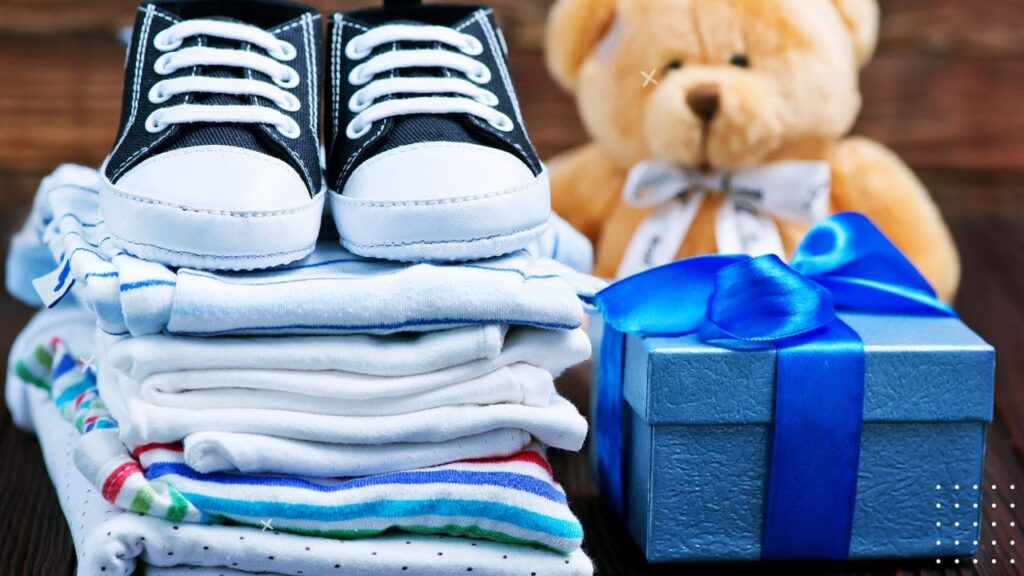
Accounting for Different Seasons
As the seasons change, so too will your newborn’s clothing needs. Preparing for fluctuating temperatures and weather conditions is essential to keeping your little one comfortable and safe.
For Cold Seasons
During the colder months, layering is key. Start with a base layer of a long-sleeved onesie or sleeper, then add a warm sweater or jacket when venturing outdoors. Don’t forget accessories like hats, mittens, and socks to protect those tiny extremities.
For Warm Seasons
In warmer weather, lightweight, breathable fabrics like cotton and linen are your best friends. Opt for short-sleeved onesies or rompers, and have a few lightweight blankets or muslin swaddles on hand for cooler evenings or air-conditioned environments.
For Personal Preferences
Remember, every baby is different, and their comfort levels may vary. Some little ones prefer to be bundled up, while others run hot and prefer fewer layers. Pay attention to your baby’s cues and adjust their clothing accordingly.
Next-Step Advice: Create a seasonal capsule wardrobe for your newborn, with separate bins or drawers for warm-weather and cold-weather essentials. This will make transitions between seasons smoother and more organized.
Selecting the Right Sizes
One of the most challenging aspects of dressing a newborn is navigating the ever-changing sizes. Babies grow at an astonishing rate, and it can be frustrating to constantly buy new clothes as they outgrow their current wardrobe.
The key to success is to have a range of sizes on hand, from newborn to 3-6 months, and even a few items in the 6-9 month range. This will ensure you’re prepared for those unexpected growth spurts and won’t be caught off guard when your little one suddenly doesn’t fit into their favorite onesie.
It’s also important to pay attention to weight ranges and measurements on clothing labels, rather than relying solely on age recommendations. Every baby is unique, and some may outgrow certain sizes faster or slower than others.
Next-Step Advice: Keep a growth chart or measurement log to track your baby’s height and weight. This can help you anticipate when it’s time to transition to the next clothing size and plan accordingly.
| Size | Weight Range | Duration |
|---|---|---|
| Newborn | Up to 8 lbs | 4-6 weeks |
| 0-3 months | 8-12 lbs | 1-3 months |
| 3-6 months | 12-17 lbs | 3-6 months |
| 6-9 months | 17-20 lbs | 6-9 months |
How Long Do Babies Wear Newborn Clothes?
While every baby is different, most newborns will outgrow their smallest clothing sizes within the first few months. Here’s a general timeline to keep in mind:
- Newborn size (up to 8 lbs): Typically worn for the first 4-6 weeks
- 0-3 month size: Worn from around 1-3 months
- 3-6 month size: Worn from around 3-6 months
Of course, this is just a rough estimate, and your baby’s growth rate may vary. It’s always a good idea to have a range of sizes on hand to accommodate their changing needs.
Laundering and Rotation Strategies
With all those adorable outfits comes the inevitable task of laundering them frequently. Newborns have a knack for creating messes, and it’s essential to have a consistent supply of clean clothes on hand. Here are some tips for managing the laundry cycle efficiently:
- Plan to do laundry every 2-3 days to keep up with the demand for clean clothes.
- Invest in a few extra outfits to rotate through while others are in the wash.
- Separate clothes by color and fabric type to avoid any unwanted mishaps.
- Use gentle, fragrance-free detergents designed for sensitive skin.
- Hang or lay flat any delicate items to prevent stretching or misshaping.
By establishing a routine and staying on top of the laundry, you’ll ensure that your little one always has a fresh, clean outfit to wear.
Next-Step Advice: Create a laundry schedule or chart to help you stay organized and consistent with your washing routine. Enlist the help of your partner or family members to share the load.
Cost-Effective Solutions
Outfitting a newborn can quickly become an expensive endeavor, especially when they outgrow their clothes at a rapid pace. Fortunately, there are several cost-effective solutions to help you save money while still providing your baby with a well-stocked wardrobe.
Hand-Me-Downs and Gifts
One of the easiest ways to save money on newborn clothing is to accept hand-me-downs from friends or family members. Gently used items in good condition can be a real lifesaver, both financially and environmentally.
Additionally, don’t be afraid to ask for clothing as gifts for your baby shower or other special occasions. Many loved ones will be thrilled to contribute to your little one’s wardrobe.
Next-Step Advice: Create a wish list or registry for any specific items you need or would like to receive as gifts. This can help ensure you receive practical and useful items that align with your needs.
Another cost-effective solution is to shop secondhand stores, consignment shops, or online marketplaces for gently used clothing. You’d be surprised at the high-quality, barely worn items you can find at a fraction of the cost.
If you prefer to purchase new items, keep an eye out for sales, clearance events, and coupons from your favorite retailers. Many stores offer significant discounts on newborn clothing, especially during seasonal transitions.
Next-Step Advice: Set a budget for your newborn’s clothing and prioritize the essential items first. Then, you can splurge on a few special pieces or indulge in trendy items when you find good deals.
Minimalist vs. Maximalist Approach
When it comes to building a newborn wardrobe, there are two main philosophies: the minimalist approach and the maximalist approach. Each has its own pros and cons, and the right choice ultimately depends on your personal preferences and lifestyle.
Quality Over Quantity
Proponents of the minimalist approach believe in investing in a smaller number of high-quality, versatile pieces. This approach prioritizes comfort, durability, and sustainability over having an extensive wardrobe.
By focusing on quality over quantity, you can ensure that your baby’s clothes are made from gentle, eco-friendly materials that won’t irritate their delicate skin. Additionally, well-made garments are more likely to withstand frequent washing and wear, potentially saving you money in the long run.
Next-Step Advice: If you prefer a minimalist approach, create a capsule wardrobe for your newborn with a few essential pieces that can be mixed and matched. Consider investing in timeless, gender-neutral items that can be passed down or reused for future siblings.
On the other hand, the maximalist approach embraces the joy of variety and self-expression through clothing. Proponents of this philosophy believe in having a diverse and extensive wardrobe to accommodate every occasion and mood.
With a maximalist approach, you can indulge in adorable prints, patterns, and styles without feeling limited. This approach allows you to dress your baby in a different outfit every day, capturing precious memories and celebrating their individuality.
Next-Step Advice: If you lean towards a maximalist approach, create a organizational system (e.g., bins, drawers, or closet sections) to keep your baby’s extensive wardrobe organized and easily accessible.
Ultimately, the choice between a minimalist or maximalist approach comes down to personal preference and what works best for your family’s lifestyle and budget.
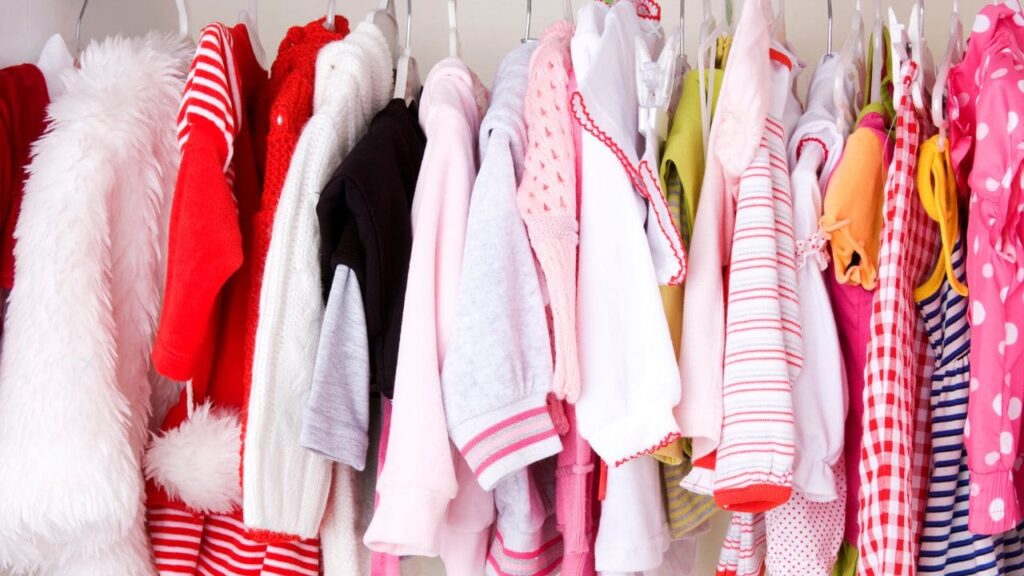
Anticipating Future Needs
As your baby grows, their clothing needs will continually evolve. To stay ahead of the game, it’s essential to anticipate future requirements and plan accordingly. Here are some tips to help you prepare:
- Start monitoring your baby’s growth patterns and refer to size charts to predict when they’ll need to move up to the next clothing size.
- Purchase a few items in larger sizes in advance, so you’re not caught off guard when your little one outgrows their current wardrobe.
- Consider investing in adjustable or convertible clothing items, such as pants with expandable waistbands or sleepers with built-in footies that can be removed as your baby grows.
- Keep an eye out for sales or clearance events for larger sizes, and stock up when you find good deals.
By staying proactive and prepared, you can ensure a seamless transition as your baby’s clothing needs change, minimizing the stress and expense of constantly buying new items.
Next-Step Advice: Create a growth chart or timeline to track your baby’s development and make notes about when you anticipate needing to move up to the next size. This will help you plan your shopping accordingly.
Organizing and Storing Newborn Clothes
With so many tiny garments to manage, it’s essential to have an effective organization and storage system in place. Not only will this save you time and frustration when dressing your baby, but it will also help extend the life of their clothes by preventing wrinkles, fading, and damage.
Here are some tips for keeping your newborn’s wardrobe organized and easily accessible:
- Invest in drawer dividers or bins to separate clothes by size, type, or season.
- Use closet organizers or hanging shelves to keep outfits together and visible.
- Label storage containers or drawers clearly to quickly identify their contents.
- Fold or roll onesies and sleepers to maximize space and prevent creasing.
- Store delicate or special occasion outfits in breathable garment bags or tissue paper to protect them from dust and damage.
If you’re short on space, get creative with storage solutions like over-the-door organizers, under-bed boxes, or even repurposing unused luggage or baskets.
Next-Step Advice: Take the time to properly organize your newborn’s wardrobe before they arrive. This will save you countless hours of frustration and ensure you can easily find what you need during those bleary-eyed midnight diaper changes.
How Many Onesies Do I Need for a Newborn?
One of the most frequently asked questions by new parents is, “How many onesies do I need for a newborn?” Onesies, or bodysuits, are the workhorses of any newborn wardrobe, so it’s essential to have an ample supply on hand.
As a general guideline, aim to have at least 7-10 onesies in various styles (short-sleeved, long-sleeved, etc.) and materials (cotton, bamboo, etc.). This number may seem excessive, but remember – you’ll be changing your little one multiple times a day, and having a rotating supply of clean onesies will save you from doing laundry constantly.
When selecting onesies, look for stretchy fabrics that will accommodate your baby’s growth and allow for easy dressing and undressing. Opt for snaps or zippers instead of pullovers, as these are much easier to navigate during diaper changes.
Next-Step Advice: Organize your onesie stash by size, sleeve length, and material to make it easier to grab the right one for the occasion. Consider labeling bins or drawers for quick reference.
What Baby Clothes Do I Need: Final Say
As we approach the end of our comprehensive guide, it’s important to remember that there is no one-size-fits-all solution when it comes to determining the right amount of newborn clothes. Every baby is unique, and their clothing needs will vary based on factors such as growth rate, climate, personal preferences, and more.
However, by following the principles outlined in this guide – stocking up on essentials, accounting for different seasons, selecting the right sizes, implementing cost-effective solutions, and establishing efficient organization and laundering strategies – you’ll be well-equipped to navigate the ever-changing world of newborn fashion.
Remember, the most important thing is to create a comfortable, practical, and sustainable wardrobe for your little one, while still allowing room for self-expression
FAQ – How Many Newborn Clothes Do I Need
How often should I expect to do laundry for my newborn?
With all the spit-up, diaper leaks, and general messiness that comes with a new baby, you should plan to do laundry for your newborn every 2-3 days. Babies can go through multiple outfit changes per day, so having a steady supply of clean clothes is essential. To stay on top of the laundry, it’s a good idea to have at least 7-10 onesies, 5-7 sleepers or footed pajamas, and a handful of extra tops, bottoms, and accessories in rotation.
Is it better to invest in a few high-quality items or buy more affordable, lower-quality clothes?
When it comes to building your newborn’s wardrobe, quality should take precedence over quantity. Investing in well-made, sustainable clothing items made from gentle, breathable fabrics like organic cotton or bamboo is crucial for your baby’s comfort and safety. These higher-quality pieces may cost more upfront, but they’ll last longer, withstand frequent washing, and potentially save you money in the long run. It’s better to have a smaller capsule wardrobe of high-quality essentials than a large collection of cheaper, lower-quality items that may irritate your baby’s delicate skin or fall apart quickly.
How can I save money on newborn clothes?
There are several cost-effective solutions for outfitting your newborn without breaking the bank. Accepting hand-me-downs and gifted clothing from friends and family members can significantly reduce your expenses. Shopping at consignment stores, thrift shops, or online marketplaces for gently used items is another great way to save. Additionally, keep an eye out for sales, clearance events, and coupons from your favorite retailers, and consider investing in adjustable or convertible clothing items that can grow with your baby.
How do I know when it’s time to move up to the next clothing size?
Babies grow at an astonishing rate, so it’s essential to stay ahead of their changing clothing needs. Pay close attention to your baby’s growth patterns and refer to size charts to predict when they’ll need to transition to the next size. As a general guideline, most newborns will outgrow their smallest clothing sizes within the first 4-6 weeks, and then move into the 0-3 month size range around 1-3 months old. It’s always a good idea to have a range of sizes on hand to accommodate those unexpected growth spurts.
How can I keep my newborn’s wardrobe organized and easily accessible?
Establishing an effective organization and storage system is key to keeping your newborn’s wardrobe tidy and easily accessible. Invest in drawer dividers, bins, or closet organizers to separate clothes by size, type, or season. Label storage containers clearly to quickly identify their contents, and fold or roll onesies and sleepers to maximize space and prevent creasing. For delicate or special occasion outfits, store them in breathable garment bags or tissue paper to protect them from dust and damage. If you’re short on space, get creative with storage solutions like over-the-door organizers or repurposing unused luggage or baskets.


